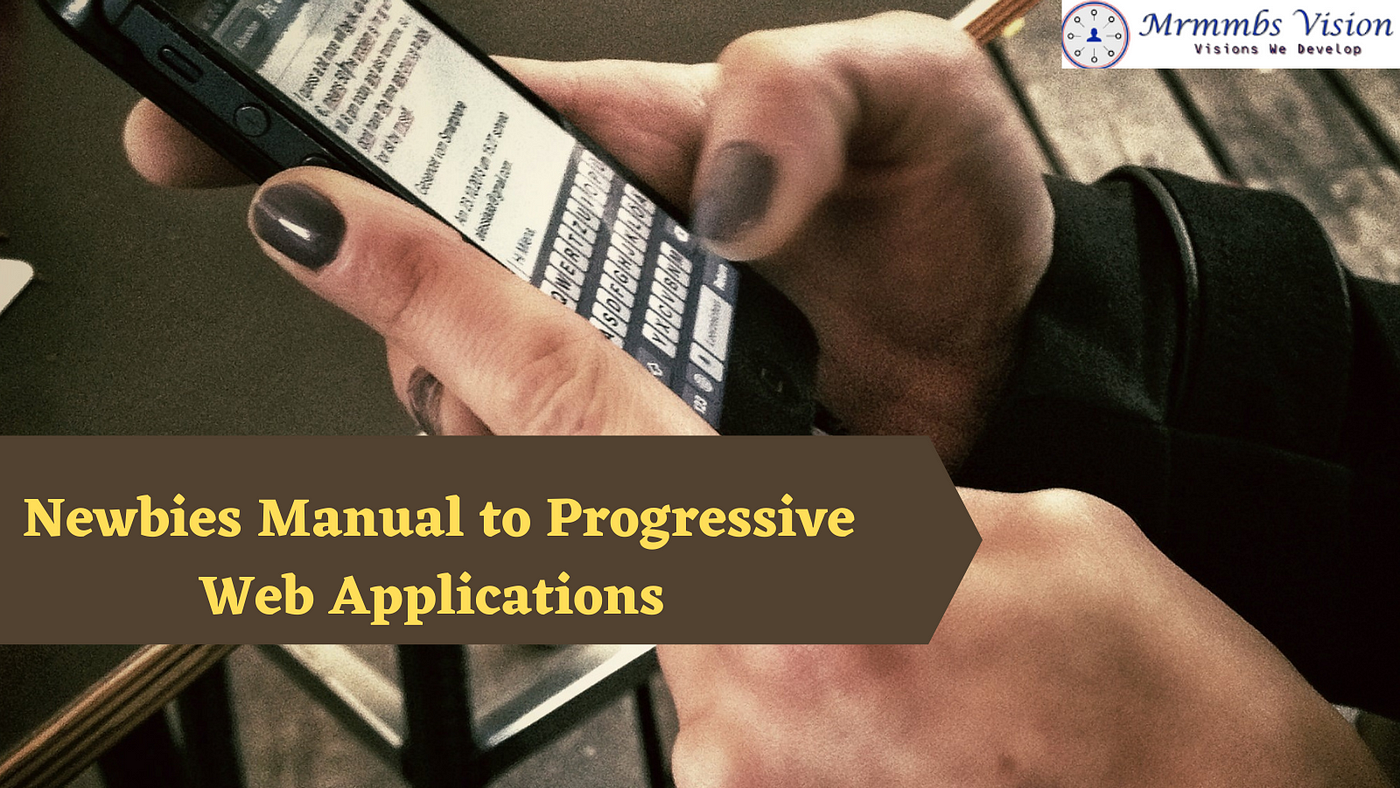
With a rapidly growing competitive environment and sudden growing expectations from tech, companies are in constant chase of innovation, increasing the web experience and maintaining it on different platforms. Mobile apps, websites, and Web Apps are some of the leading firms that help users browse websites. One of them is progressive web applications, the next big thing for the mobile web.
Gone are the days when users used to wait for a website to load. With the sudden increase in the internet and mobile technology, users do not want to wait more than 3–5 seconds to load.
What are Progressive Web Applications?
Originally proposed by Google in 2015, and often considered as a website with all the benefits of an app, a progressive web application uses the latest web capabilities that provide its users an experience comparable to the native mobile app. Progressive web applications consist of all the functionality of a native app and deliver the usability of a website.
As defined by Google, Progressive Web Apps should always be reliable, fast, and engaging as one without these features is said to be nothing.
What are the hidden features of Progressive Web Application?
A progressive web application offers a wide range of features that a developer should follow. It also includes several technologies that help bridge the gap between native and progressive web apps.
- Responsive
- Offline accessibility
- Simple navigation
- Proper updates
- Safe & secure
- Easy to install
What are the technical components of Progressive Web Application?
The technical components of a progressive web application are:
- Service worker: It is a technology needed to facilitate offline capability, notifications, and others in the development of progressive web applications.
- Web app manifest: In the development of a progressive web application the purpose of the web app manifest is to define the resources needed. The web app manifest includes icons, themes, display names, colors, etc.
- Secure contexts (HTTPS): Secure contexts are used by service workers to intercept the network requests and modify the responses whenever needed.
What are the benefits of Progressive Web Application?
Just like its features, a progressive web application has also offered a long list of reasons that help you decide why you should invest and build a progressive web application:
- Quick response to users
- Reliable network flaws
- Secure
- Easy updates
- Easy installs
- Engaging user experience
- High performance
How to create a Progressive Web Application?
At Mrmmbs, we provide end-to-to Progressive Web Application Development services and follow the full procedure to build one.
The steps needed to build a progressive web application are:
- Serve over the HTTPS
- Create an application shell
- Register a service worker
- Add push notifications
- Add web app manifest
- Configure the install prompt
- Analyze the performance of the app
- Audit the application
Examples of successful PWAs
Do you ever think about why companies like Starbucks, MakeMyTrip, and Tinder are so successful? It is because everyone or the other big company uses the concept of progressive web apps.
The most successful companies that use Progress Web App are:
- Starbucks
- Tinder
- Twitter lite
- Forbes
- Uber
- MakeMyTrip
- Yummly
- Spotify

0 Comments
Post a Comment